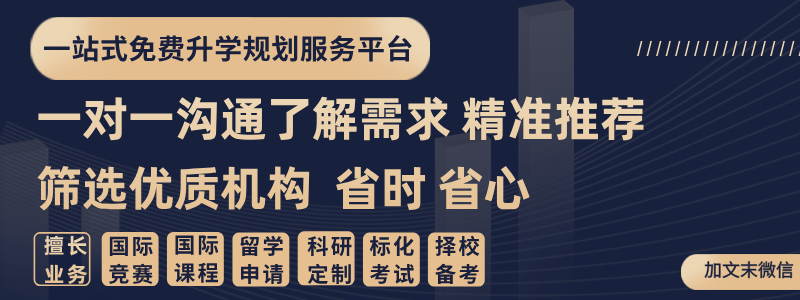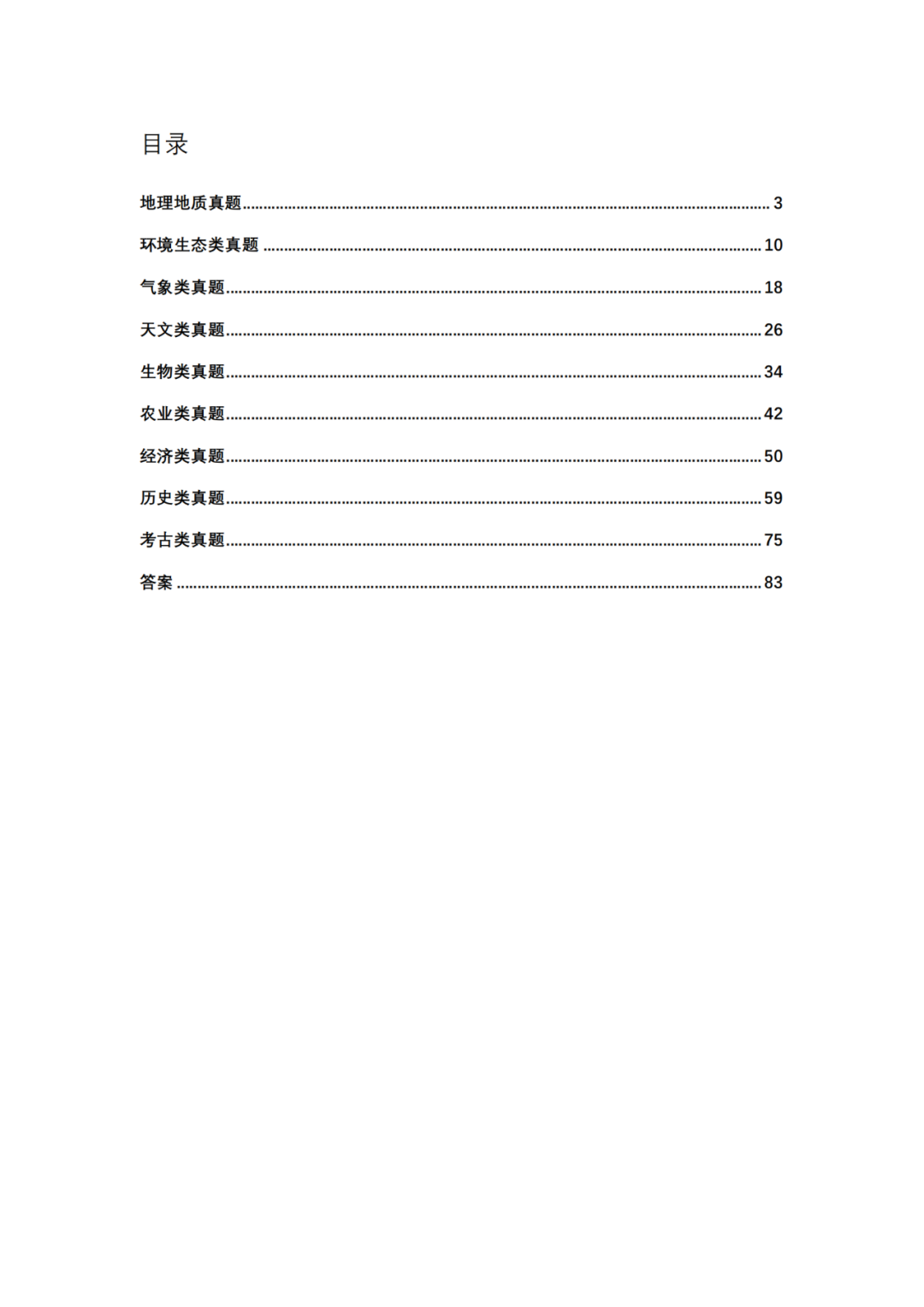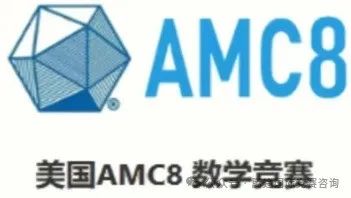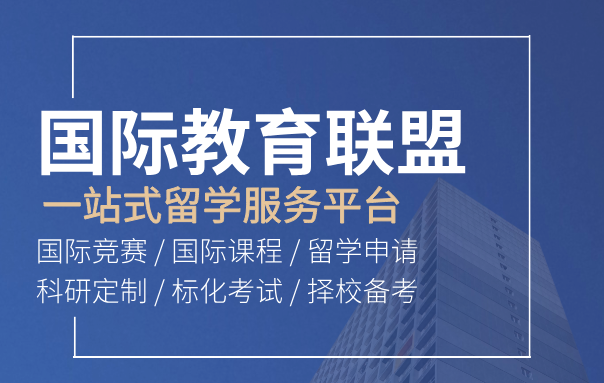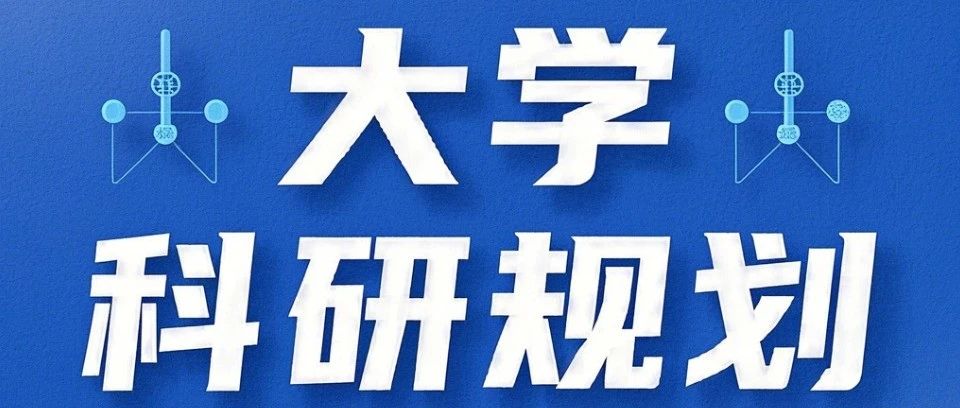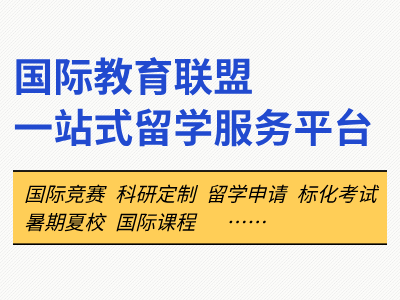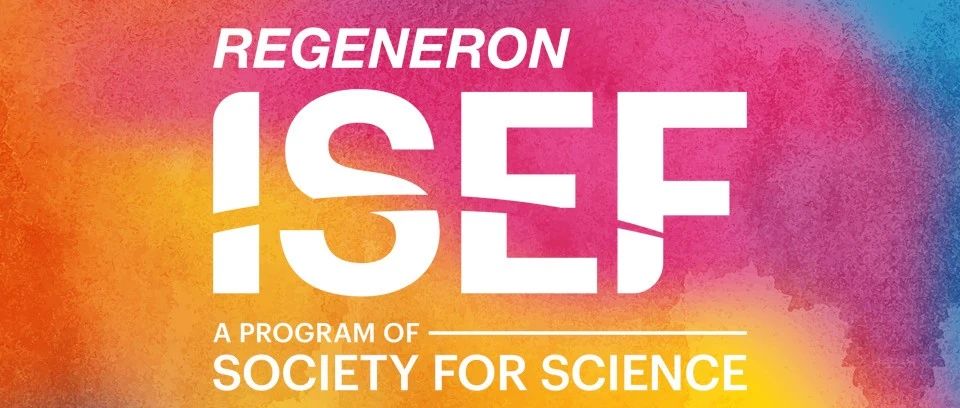在WSDA的众多赛事中,即兴辩论(Extemporaneous Debate)是一项独具挑战也极富魅力的比赛。它不仅考验学生的语言表达与临场反应,更锤炼逻辑思维、信息整合与观点建构的综合能力。
每一轮比赛,选手都将面对一个全新的辩题——没有“标准答案”,而是需要大脑与经验的即时联动,在较短的时间内完成从“陌生议题”到“清晰立场”的快速转化。
本指南旨在为即将参与WSDA即兴辩论的选手提供详尽、实用的赛事信息。无论你是初次接触这项赛事的新手,还是希望更进一步的资深辩手,都能在这里找到你所需的规则、流程、技巧与准备建议,助你在思辨的赛场上走得更远、站得更稳!
01、Event Description
比赛形式
Students compete in a one-on-one format with limited prep time to prepare for the topic they are to debate. Students present arguments and engage in rebuttals, however, unlike other common debate events, students debate a number of topics, as opposed to a single topic for the entire tournament. Each round students are presented a unique resolution. They are given a minimum of thirty minutes to prepare for the round. The use of evidence is permitted, but not a focal point due to the limited time available to prepare a case for the round.
During the preparation and debate, participants are not allowed to use electronic devices or the internet, nor are they permitted to contact anyone outside the competition for assistance.
学生在有限的准备时间内对将要进行的辩题做准备,以一对一的形式比赛。然而,与其他常见的辩论类型不同的是,即兴辩论要求学生在比赛过程中对一系列辩题进行论点陈述及反驳。每一轮,学生需要提供一个独特的解决方案,并且之前有至少30分钟的时间来准备这一轮比赛。允许使用证据,但是考虑到准备时间有限,使用证据不作为最重要的评分点。
在辩题准备与比赛过程中,选手不允许使用电子设备与互联网,也不允许联系任何赛场以外人员寻求帮助。
02、Considerations for Extemporaneous Debate
考虑事项
Students who are interested in doing Extemporaneous Debate should be well versed in various topics since the resolutions for the debate change round to round. Students should be able to think quickly on their feet and work under time restrictions. Any student who does debate or extemp is naturally drawn to Extemporaneous Debate. However, the event is not something that other public speakers or interpers should shy away from. Students who are knowledgeable, thoughtful, and able to process ideas quickly to formulate positions would find the event to be challenging and rewarding.
对即兴辩论感兴趣的学生应当对各种话题都有深入了解,因为每一轮的辩论议题都会变化。学生需要具备快速反应能力,并能在时间限制下高效完成准备。任何参加过辩论或即兴演讲的学生,自然会对即兴辩论产生兴趣。知识渊博、思维敏捷、能够快速整合观点并形成立场的同学,将会发现这项活动既充满挑战又收获颇丰。
03、Traits of Successful Extemp Debaters
成功的即兴辩论
When considering what event to choose, or which direction to point a student selecting an event, here are some traits of successful Extemp Debate students to keep in mind:
在考虑选择什么比赛类型或引导选手如何选择比赛类型时,以下是成功的即兴辩论所包含的要素:
Analytical 分析性
Broad knowledge base 广泛的知识储备
Confident 自信
Persuasive speaker 具有说服力
Quick thinker 反应迅速
Independent 独立思考
Logical thinker 有逻辑
04、Extemp Debate Topics
即兴辩论辩题
All rounds of WSDA extemporaneous debates use impromptu topics.
WSDA即兴辩论所有轮次使用即兴辩题。
05、Examples of Past Extemp Debate Topics
往届即兴辩论辩题示例
- Resolved: "China should prioritize the production of nuclear power plants over other forms of renewable energy generation."
- Resolved: "The benefits of intensive agricultural practices in developing countries outweigh the harms."
- Resolved: "On balance, the rise of Russian influence in Latin America increases regional instability."
- Resolved: "On balance, multilateral free trade agreements are more beneficial than harmful for developing countries."
- Resolved: "The economic benefits of the African Continental Free Trade Agreement outweigh the harms."
- Resolved: "The benefits of using standardized tests to place students in schools justify the costs."
- Resolved: "On balance, uniformity in education leads to mediocrity."
- Resolved: "Violent juvenile offenders ought to be treated as adults in the criminal justice system."
- Resolved: "On balance, crypto currencies are more beneficial than harmful."
- Resolved: "A four-day work week more beneficial than harmful."
- Resolved: "An Universal basic income is more beneficial than harmful."
- Resolved: "Countries ought to substantially increase the use of nuclear power to generate electricity."
- Resolved: "A just government ought to have a Social Wealth Fund."
06、Basic Understandings
比赛流程
Extemporaneous Debate is a one-on-one format that is unique from other events offered by the National Speech & Debate Association and implemented again in WSDA tournaments. During this limited prep debate event, students are only guaranteed thirty minutes to prepare for their round once the topic is released. There are instances when debaters may get more than thirty minutes, but never less. During the preparation and debate, participants are not allowed to use electronic devices or the internet, nor are they permitted to contact anyone outside the competition for assistance. However. debaters are allowed to discuss among the same position in the prep room.
Debaters are either in favor of the resolution or against the resolution and will be assigned to a particular side by a computer. The debater affirming the topic is known as the proposition debater, where the debater negating the topic is known as the opposition debater. Debaters present their positions on the topic and engage in cross-examination and rebuttals.
即兴辩论是NSDA赛事中独具特色的一对一竞赛形式,现重新引入WSDA比赛体系。在这项限时准备的辩论活动中,选手从拿到辩题到正式上场仅有30分钟备赛时间。虽然偶尔可能获得更多准备时间,但绝不会少于30分钟。在辩题准备与比赛过程中,选手不允许使用电子设备与互联网,也不允许联系任何赛场以外人员寻求帮助,但允许准备室内同方的辩手之间讨论。
辩手需围绕既定议题持支持或反对立场——由电脑随机分配持方。其中,支持辩题的称为正方辩手,反对辩题的称为反方辩。双方需在陈述立场后展开交叉质询与反驳陈词。
07、Structural Components
辩论结构
All speeches are two minutes in length and all speech times are protected (a speaker may not be interrupted by the other speaker or by the judge). The proposition debater must affirm the resolution by presenting and defending a sufficient case for the resolution. The opposition debater must oppose the resolution and/or the proposition debater’s case. The round will have constructives, rebuttals, cross examination, and built in prep time.
所有发言时长均为两分钟,且发言时间受保护(辩手在发言期间不得被对方或裁判打断)。正方辩手必须通过提出并论证支持辩题的完整案例来维护决议,而反方辩手则需反驳决议和/或正方的论证框架。整轮辩论将包含立论陈词、反驳环节、交叉质询以及准备时间等标准化流程。

08、Organizing & Argumentation
组织结构&论点论据
First, a debater must clearly establish their claim. This is generally a declarative statement that establishes the point they are setting out to justify. Next, a debater must clearly establish why their argument is valid. This is known as the warrant for an argument. Debaters need to go beyond asserting their claims by backing them up with analysis explaining why the argument is true. The warrant can come in many forms, but is necessary for the development of the argument. It is important to note that having an author simply make an assertion about a topic is not a warrant. Finally, a debater must provide an impact for their argument. This means the debater establishes why the argument is significant in the round.
首先,辩手必须明确立论。这通常是一个宣言式陈述,用以阐明其试图论证的核心观点。其次,辩手需论证其主张的合理性——这一过程被称为“论据支撑”(warrant)。辩手不能仅停留在观点断言层面,而必须通过分析阐释该论点为何成立来夯实论证。论据支撑可呈现为多种形式,但它是构建完整论证链的必要环节。需特别注意的是,单纯引用某位作者对议题的断言并不能构成有效论据支撑。最后,辩手必须阐明论证的实质影响(impact),即向裁判展示该论点在本轮辩论中的关键价值所在。
09、Casing
构建案例
After students brainstorm arguments, it is time to construct cases. Many students in extemporaneous debate will outline a position, as opposed to writing out a case verbatim. Since the case being read is only two minutes it is important for the debater to efficiently develop their ideas. A thesis statement may be appropriate at the start of a case with well structured and signposted arguments that directly link back to said thesis. Similar to contentions in other debate events or main points in extemp, each main point in the case should be clearly indicated and organized.
在头脑风暴形成论点后,选手便进入案例构建阶段。即兴辩论中,多数选手会选择提纲式架构而非逐字撰写讲稿。由于立论陈述仅有短短两分钟,辩手必须高效组织观点——开篇可采用主题句(thesis statement)统领全局,后续所有论证都需以清晰的结构和路标式表达紧密呼应主题。与其他辩论赛的“论点主张(contentions)”或即兴演讲的“核心要点”类似,案例中的每个主要观点都应层次分明、逻辑自洽。
10、Refutations
驳论
Extemporaneous debate is more than just cases! Debaters engage in refuting each other's arguments. Students may refute cases by denying the validity of the argument, which is most common. Additional strategies include, but are not limited to, asserting the reverse of the argument, showing the opponent's arguments do not carry as much weight as their arguments, or taking out the link between the opponent's argument and the thesis they presented.
即兴辩论绝非仅限于立论陈述!更重要的是,辩手们需要相互驳斥对方的论点。最常见的反驳方式是直接否定对方论证的合理性,但还有更多策略可供选择,例如(但不限于):反向立论(提出与对方完全相反的主张)、权重比较(证明己方论点的说服力高于对方)、或切断逻辑链(瓦解对方论点与其核心命题的关联性)。
11、Flowing
记笔记
It is important for debaters to learn how to keep track of arguments in the round. Typically debaters "flow" the debate round - making note of the arguments that are presented and refuted in the round. This note-taking approach requires students to abbreviate terms, phrases, and ideas so that they can get as much of the debate written down as possible. Here are some tips:
- Two sheets of paper. One page will be for anything said about the proposition, the other for anything said about the opposition. Each speech in the round will receive its own column on these pages.
- At least one pen, but we recommend two, in different colors, one for each side.
- If your opponent is speaking, you should be writing (initially, do not try and determine what is or isn't important - just get as much down as possible) .
- Label the top of each column on the proposition flow with the names of the speeches, in chronological order from left to right.
- Label the top of each column on the opposition flow with the names of the speeches, in chronological order from left to right.
对于辩手而言,掌握实时记录论点的技巧至关重要。通常,辩手会采用“论点流程图(flow)”来追踪整场辩论——即详细记录比赛中提出和反驳的所有论点。这种笔记方法要求辩手熟练使用术语缩写和简化表达,以尽可能完整地记录辩论内容。以下是具体操作建议:
双页记录法
- 准备两张纸:一张记录正方论点,另一张记录反方论点
- 每轮发言在纸上单独成列,按发言顺序从左到右排列
工具准备
- 至少准备一支笔(建议两支不同颜色,分别标注正反方)
记录原则
- 对方发言时务必持续记录(初期无需筛选重要性,尽可能完整记录)
- 在每张记录纸顶部按时间顺序标明各轮发言名称
12、Standing it Up/Practicing
赛前演练/实战练习
It is a great idea to do practice rounds before going to your first tournament. As these are such short speeches, it might appear at first that there will not be enough time to develop arguments. You will discover that you can be very efficient and focused with your language to make every second count. This is a skill that must be practiced to be fully developed. The first round could be a stop and go round where a coach or observer stops you when there's a missed opportunity for a strong argument or confusion about what you are saying. During these rounds, you may re-give speeches until you or the observer/coach are satisfied with the speech that is delivered. This is a great time to work on language choices and time management. Additionally, since the tournament only guarantees thirty minutes of prep time, students should practice under those conditions. A student should work on vocal emphasis, eye contact, and fluidity.
在首次参赛前进行模拟辩论是非常必要的。由于每轮发言时间极短,初学者可能会觉得难以展开充分论证。但通过练习你会发现,其实完全可以做到语言精炼且重点突出,让每一秒都发挥最大价值——这正是一项需要通过反复训练才能掌握的技能。
分阶段练习建议:
1. 起步阶段:可采用“暂停指导式”演练
- 由教练或观察者在发现以下情况时立即叫停:
✓ 错过构建有力论点的机会
✓ 表达存在逻辑混乱
- 可重复演练同一发言,直到达到满意效果
- 重点打磨语言表达和时间把控能力
2. 限时模拟:严格遵循30分钟备赛规则
- 完全模拟真实比赛的时间压力
- 专项训练:
✓ 语音强调技巧
✓ 眼神交流运用
✓ 语言流畅度提升
13、Performance Tips
辩论提示
It is important to remember that you are communicating to your judge. The decision rests solely in the hands of the judge! You must focus on persuading them, which means that you should be directing your speeches and cross-examination questions and answers to the judge, and not to your opponent.
Take feedback from judges as opportunities to improve. If judges provide oral feedback, take notes on what they share to review with your coach. Finally, do not fixate on the outcome of a round - focusing on wins and losses won't lead to greater success!
必须时刻牢记:
你的真正沟通对象是裁判!最终裁决权完全掌握在裁判手中。因此,你应当将全部注意力放在说服裁判上——这意味着你的立论发言、交叉质询及回答都应面向裁判展开,而非针对对手。
裁判反馈处理指南:
1. 将裁判反馈视为提升的黄金机会
2. 若裁判提供口头评价,务必记录关键要点以便与教练复盘
3. 避免过度纠结单轮比赛胜负——执着于输赢反而会阻碍进步
Sample Ballot 评分单
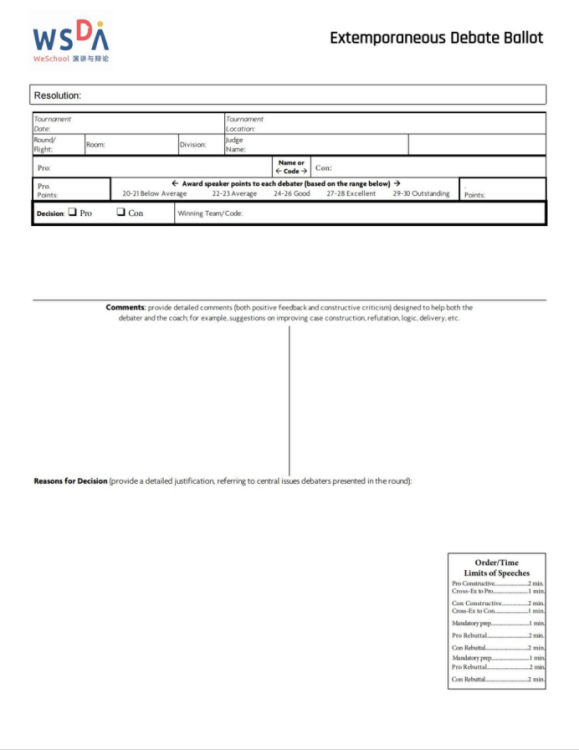
2024-25 WSDA春季赛火热报名中!快来WSDA,在这个春天与更多热爱演讲辩论的小伙伴一决高下吧!


